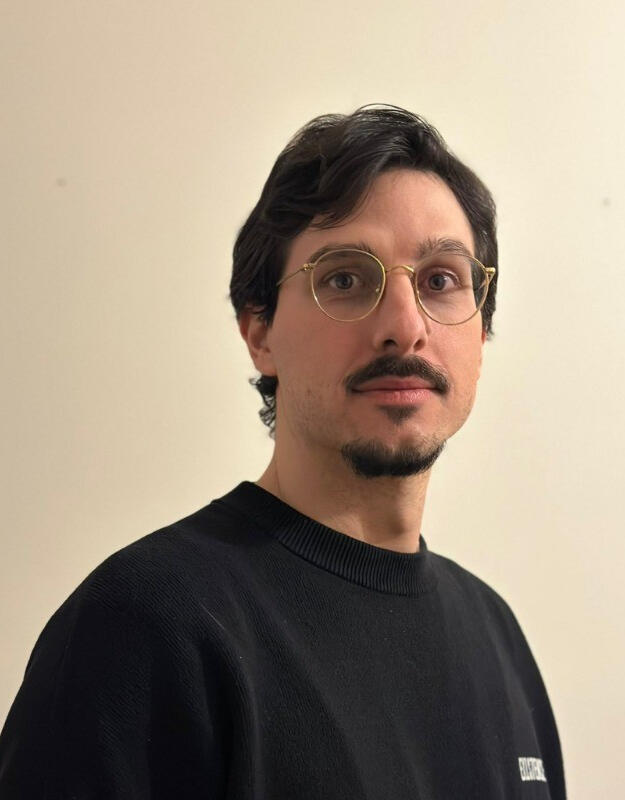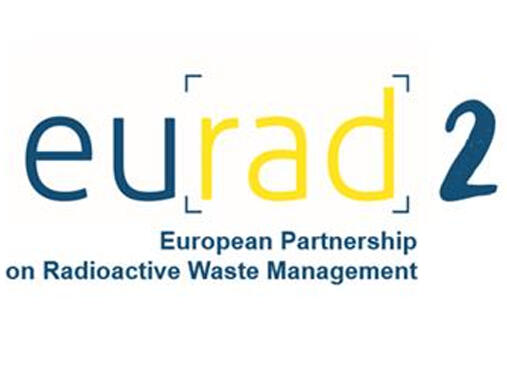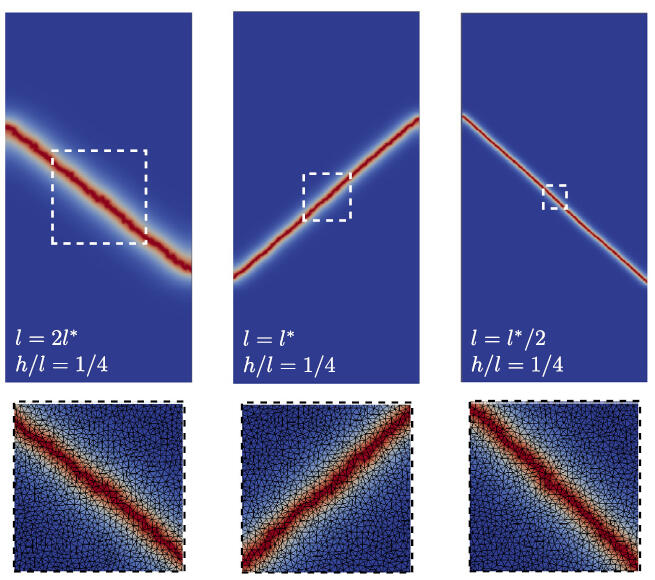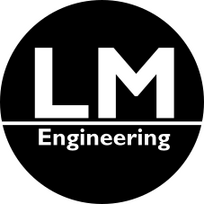
Lorenzo Mingazzi, Ph.D.
Post-doctoral Fellow @ University of Parma
I’m Dr. Lorenzo Mingazzi, a researcher and engineer focused on Structural Engineering and Computational Mechanics. With a Ph.D. from the University of Parma, my work involves developing advanced models for solving real-world engineering challenges.Explore my research, projects, and development work in the fields of Finite Element Modeling (FEM), Numerical Simulations, and Structural Health Monitoring. I’m passionate about creating innovative solutions and sharing knowledge with the community.Feel free to Get in Touch — I’m always open to collaboration and new opportunities.
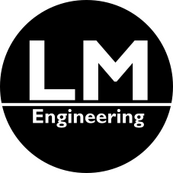
Research
I explore cutting-edge solutions to some of today’s most pressing real-world problems through advanced computational modeling. My work focuses on pushing the boundaries of numerical simulations in fracture mechanics, engineering predictive multiphysics frameworks, and crafting efficient surrogate models for complex coupled processes.Currently, I contribute to the EURAD-2 project by developing models to predict the degradation of reinforced concrete, and to the ECOSISTER Project by designing monitoring strategies for seismic-damaged churches. My research also extends to digital tools and simulations aimed at preserving cultural heritage, combining technical innovation with a commitment to protecting the past.
Research Topic
Computational Fracture Mechanics
Coupled Multi-physics Modelling
Composite materials
Reinforced concrete Degradation and Corrosion
Mathematical Models for Cultural Heritage preservation
Structural Health Monitoring
Projects
I am currently involved in the development of coupled multi-physics Finite Element and Surrogate models within the HERMES and SUDOKU work packages to advance the safety and reliability of Radioactive Waste Management.
I am investigating traffic-induced vibrations affecting significant buildings. This research aims to develop innovative monitoring and assessment methods to proactively address potential structural damages, ensuring the preservation and resilience of architectural heritage in Emilia-Romagna.
ARIA
I am involved in the development of advanced digital monitoring tools that accurately record and analyze the odor emissions of heated bitumen. By incorporating porous PUW into the mixture, we not only reduce undesirable odors but also enhance material performance, demonstrating our commitment to innovative and sustainable solutions.
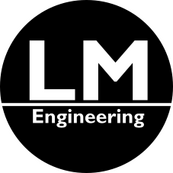
Publications
Latest Publications
Publications List
2025
Mingazzi, L., & Freddi, F. (2025). Cover Cracking in Carbonated Reinforced Concrete—A Coupled Multi-physics Model. In Lecture Notes in Mechanical Engineering (pp. 11–22). Springer Nature Switzerland. https://doi.org/10.1007/978-3-031-76591-9_2
Mingazzi, L. & Freddi, F., (2025). Moisture-Driven Failure Mechanisms in Historical Paintings: A Phase-Field Approach. [Under review - Submitted to Journal of the Mechanics and Physics of Solids] https://doi.org/10.2139/ssrn.5164996
2024
Korec, E., Mingazzi, L., Freddi, F., et al. (2024). Predicting the impact of water transport on carbonation‐induced corrosion in variably saturated reinforced concrete. Mater. Struct., 57, 91. https://doi.org/10.1617/s11527-024-02374-2
2023
Freddi, F., Mingazzi, L., Pozzi, E., & Aresi, N. (2023). Laboratory assessment of an in‐place inclinometer chain for structural and geotechnical monitoring. Sensors, 23(20), 8379. https://doi.org/10.3390/s23208379
Mingazzi, L., (2023). Predictive model for Carbonation Corrosion Phenomena in Reinforced Concrete Elements. Università degli Studi di Parma, https://www.repository.unipr.it/handle/1889/5374
Freddi, F., & Mingazzi, L. (2023). Adaptive mesh refinement for the phase field method: A FEniCS implementation. Applications in Engineering Science, 14, 100127. https://doi.org/10.1016/j.apples.2023.100127
2022
Freddi, F., & Mingazzi, L. (2022). A predictive phase-field approach for cover cracking in corroded concrete elements. Theoretical and Applied Fracture Mechanics (Vol. 122, p. 103657). Elsevier BV. https://doi.org/10.1016/j.tafmec.2022.103657
Freddi, F., & Mingazzi, L. (2022). Mesh refinement procedures for the phase field approach to brittle fracture. Computer Methods in Applied Mechanics and Engineering (Vol. 388, p. 114214). https://doi.org/10.1016/j.cma.2021.114214
2021
Freddi, F., & Mingazzi, L. (2021). Phase-field simulations of cover cracking in corroded RC beams. Procedia Structural Integrity (Vol. 33, pp. 371–384). https://doi.org/10.1016/j.prostr.2021.10.045
2020
Freddi, F., & Mingazzi, L. (2020). Phase Field Simulation of Laminated Glass Beam. Materials (Vol. 13, Issue 14, p. 3218). https://doi.org/10.3390/ma13143218
Alessi, R., Freddi, F., & Mingazzi, L. (2020). Phase-field numerical strategies for deviatoric driven fractures. Computer Methods in Applied Mechanics and Engineering (Vol. 359, p. 112651). https://doi.org/10.1016/j.cma.2019.112651
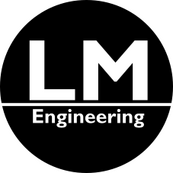
About Me
Hi, I’m Dr. Lorenzo Mingazzi, a researcher and engineer with a specialization in computational mechanics and structural health monitoring.My academic journey began at the University of Ferrara, where I earned my Master’s degree in Structural Engineering in 2018. For my thesis, I delivered the first implementation of the eXtended Virtual Element Method (X‑VEM), developing an enhanced formulation that integrates enrichment functions to model discontinuities—such as cracks—on arbitrary polygonal meshes.Shortly after, I was awarded a research grant at the University of Parma under the supervision of Prof. Francesco Freddi to process accelerometric recordings from structural experiments, transforming raw vibration signals into detailed characterizations of dynamic response.
Concurrently, I deepened my expertise in computational mechanics by applying the Phase‑Field approach to fracture mechanics—developing a numerical framework that captures crack initiation, growth, and coalescence in brittle materials without explicit crack tracking, thereby enabling more robust and flexible simulations of fracture processes.
In November 2019, I commenced my Ph.D. studies at University of Parma. Over the following three years, I developed a Coupled Phase‑Field model that integrates chemical diffusion and mechanical damage to predict Carbonation‑induced corrosion in Reinforced Concrete. This predictive tool accurately forecasts service‑life reduction in critical infrastructure, advancing theoretical fracture mechanics while providing engineers with actionable simulations to anticipate and mitigate corrosion risks. I was awarded my Ph.D. in March 2023 with a thesis titled "Predictive Model for Carbonation Corrosion Phenomena in Reinforced Concrete Elements."
Since April 2023, I’ve held a Postdoctoral research fellowship in the Department of Engineering and Architecture at Parma. Here, I investigate the Dynamic Response and degradation of Historic Buildings under Traffic‑Induced Vibrations—a key objective of the ECOSISTER project. By integrating advanced structural health monitoring techniques, I quantify damage progression in seismic‑vulnerable churches. This work helps cultural‑heritage stewards make informed conservation decisions and strengthens Italy’s resilience against earthquakes.Meanwhile, I contribute to the EURAD‑2 initiative, developing Surrogate Multiphysics Models for Reinforced‑Concrete degradation in Nuclear‑waste Facilities. My role involves reducing complex coupled simulations to efficient, reduced‑order representations that maintain predictive accuracy. These models support long‑term safety assessments and streamline computational requirements, enabling iterative design and risk analysis for engineered barriers.
Beyond project-driven research, I maintain a personal website, The Deal with FEM, featuring fully commented FEM codes, primarily developed using the open-source libraries deal.II (C++) and FEniCS (Python). Aware of the steep learning curve in computational mechanics, I’m also developing step-by-step programming guides to help students and professionals gain the skills needed to create their own simulations. Mentorship and Open Knowledge-Sharing are central to my vision of a collaborative and accessible research community.
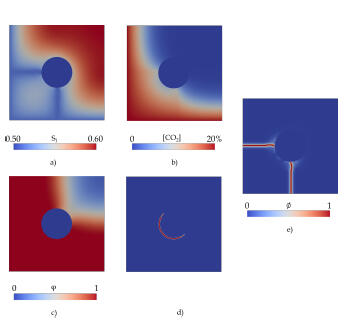
Analysis of carbonation induced corrosion cracking in reinforced concrete elements.
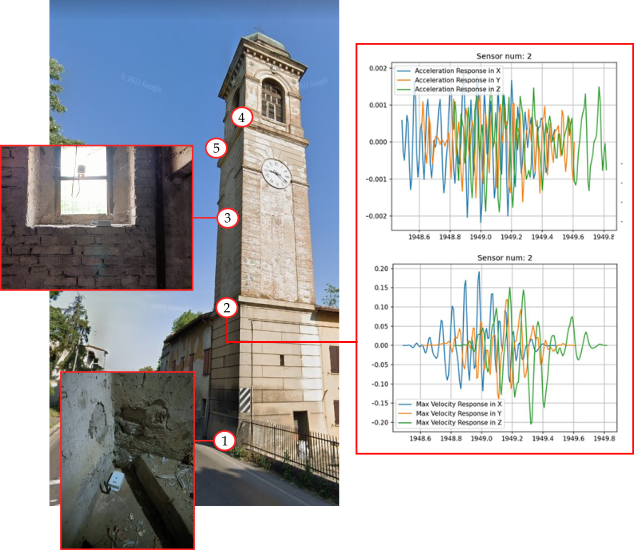
Analysis of Structural Health Monitoring Data – Bell Tower of Cadè, Reggio Emilia
At the core of my work is a firm belief that Computational science can effectively bridge the gap between theoretical modeling and practical engineering solutions—whether it's preserving centuries-old monuments or improving the durability of modern infrastructure. I remain committed to addressing emerging structural challenges through innovation in modeling, simulation, and data-driven monitoring.
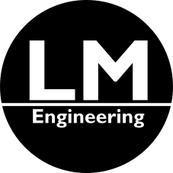
Codes
Over the years, I’ve built a strong foundation in various coding languages, including MATLAB, Python, C++ and HTML.As a developer specializing in Finite Element Method (FEM) codes, I am well-versed in using MATLAB as well as open-source libraries such as FEniCS (Python) and deal.II (C++) to create custom codes for solving complex computational mechanics problems.Currently, I’m updating my GitHub repository with new projects and, as part of my commitment to sharing knowledge, I’m working on a comprehensive guide for beginners on using the deal.II library to solve problems in computational mechanics. You can find it and explore my work at The Deal with FEM.
